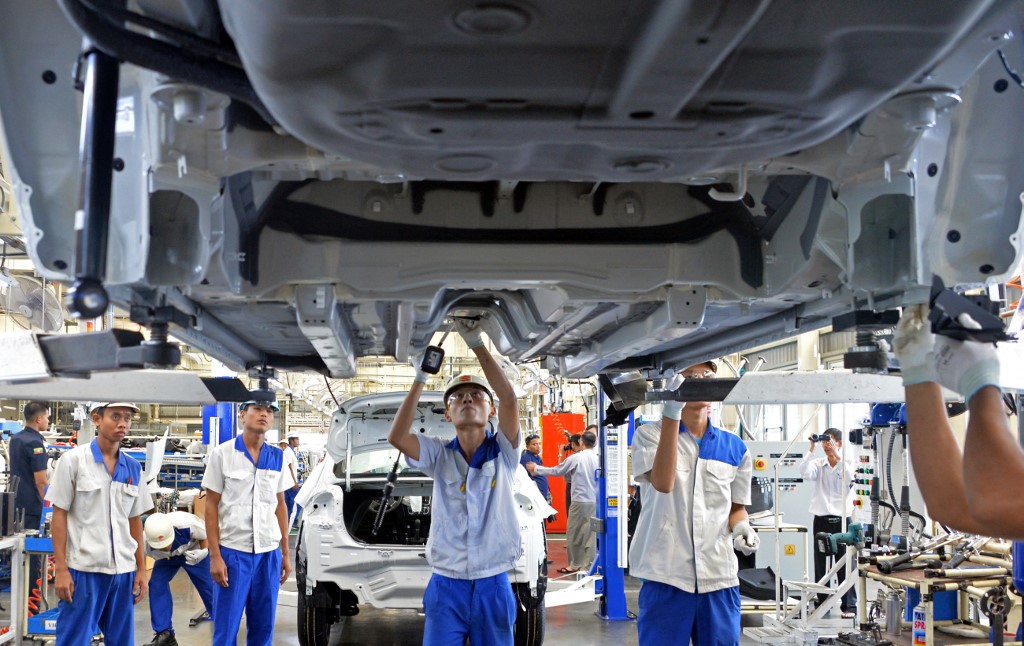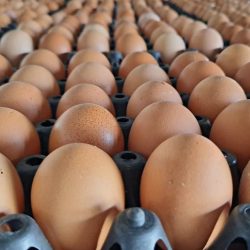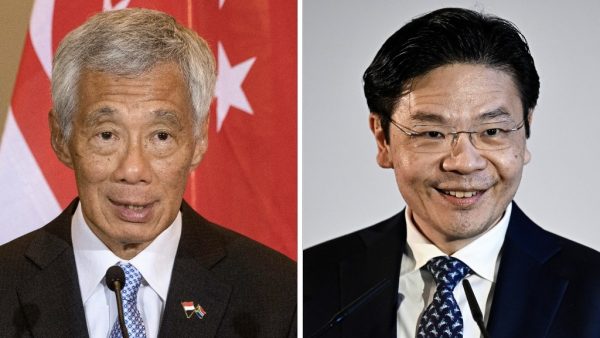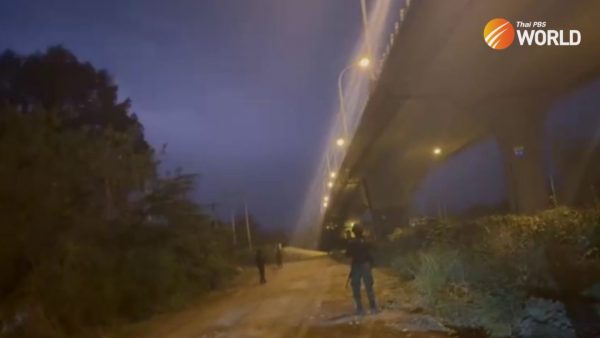Motor vehicle factories in Myanmar under threat of closure

“We can no longer manufacture cars (here) of the brand for which I hold dealership status. We are continuing to sell what we have left. I think other car brands, if not allowed access to SKD (Semi Knocked Down) Parts, will also stop functioning,” said Yan Myoe Aung, a car dealership owner in Yangon.
According to him, and other sources within the industry, around three months ago it became evident that operations in motor vehicle manufacturing factories had slowed.
Most attribute this to the string of decisions made by the current regime to restrict foreign currency exchange and the import market.
Foreign investors started looking to manufacture cars within Myanmar in 2015. Previously, under the Thein Sein administration, the car import rules were relaxed, allowing the prices of cheaper model cars to drop. It even made waves in terms of creating a secondary market wherein, since a car import permit applied for as long as the applicant owns a land grant, brokers even went so far as the outer edges of the Yangon Region to entice more people to apply for the vehicle import permits.
In 2015, the National League for Democracy and Myanmar’s first ever elected civilian government took over and put the reins on the car import permit system, while also only allowing the import of left-hand drive cars among other changes. It also approved the building of factories to manufacture cars through the SKD system, which essentially means that partially disassembled vehicles will be imported and reassembled in domestic factories.
There were also plans, if certain criteria, such as obtaining a specified market share, were met, to move into the CKD (Completely Knocked Down) system, from SKD.
As of this moment, there are over 10 factories working with the SKD system, investors in which hail from South Korea, Japan, China and so on. Brands, such as Ford, are also here and it had looked like the future was bright for the car assembly sector.
Things changed after the 2021 coup, however, resulting in increasingly stricter controls on the US$, as well as long lead times to import the parts needed to assemble cars.
Suzuki, arguably holding 60% or so of the local market share, is facing difficulties.
“The factory has not announced its closure yet but, in terms of making cars, we have almost no parts with which to assemble them. If we don’t get access to the parts, we cannot make them anymore,” said Managing Officer Myo Min Tun from SUZUKI (MYANMAR) MOTOR CO. Ltd.
As far as Suzuki and a stoppage of operations are concerned, it has only occurred twice. Once was when the registration of all new vehicles was put on hold in November 2020 and again on the day of the coup itself, February 1st, 2021.
Normally, the factory, with a total investment of over 35 million dollars and which is manned by over 300 workers, produces up to 48 vehicles per day. This fell to zero around three months ago.
Other brands are in a similar situation.
“The good thing about cars built using the SKD system is that they are still brand new, but the prices aren’t much higher than in the used-car market. Suzuki holds the largest market share, followed by KIA and Hyundai. Toyota wanted to be here but, since the political changes, that process stopped,” said an industry expert.
According to him, showrooms and dealerships started to quietly close, with many choosing stem the losses by diversifying into the used-car market and flipping back their own brand of cars. There have also been many instances of refunds made to customers, as there are no longer any new vehicles to be made.
At the time of writing, used-car market experts say that the prices of Suzuki and Hyundai cars are rising. For example, a Suzuki Ertiga, a popular model in Myanmar, has nearly doubled in price from Ks 270 Lakhs to over 500 Lakhs (USD 13,500 to 25,000).
By David Tun






